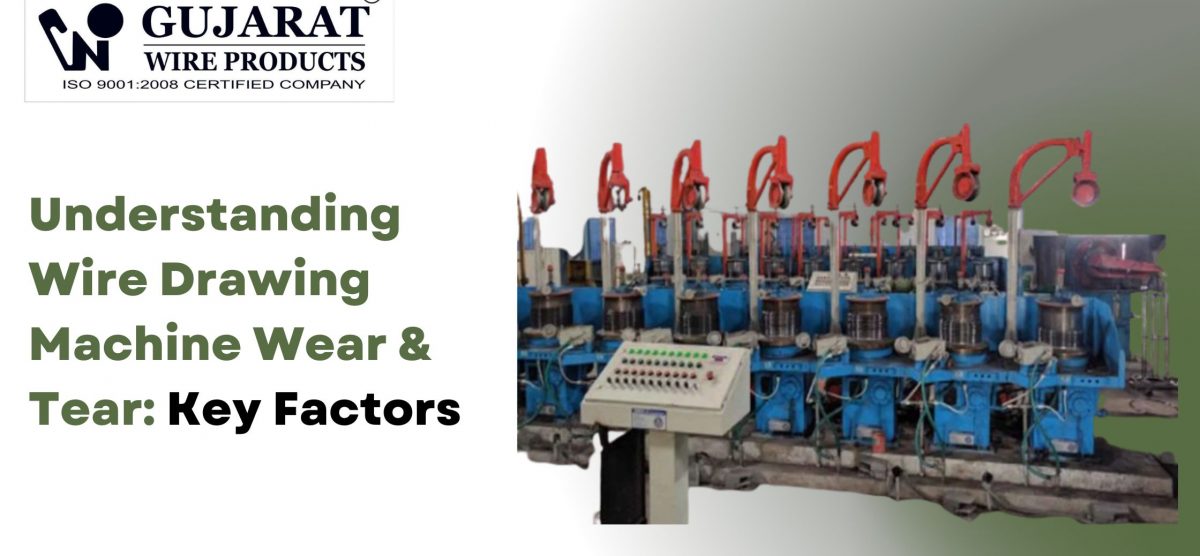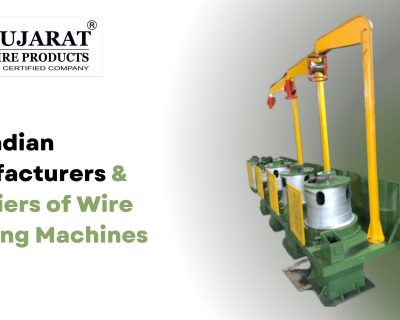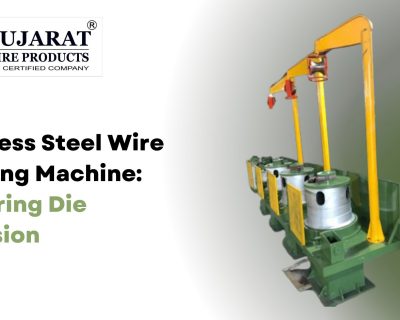Blog

Understanding Wire Drawing Machine Wear & Tear: Key Factors
Wire drawing machines are pivotal in producing uniform, high-strength wires used in construction, automotive, electrical, and engineering sectors. Yet, these machines operate under extreme conditions, facing continuous friction, stress, and environmental variables. Understanding the causes and prevention of wear and tear is crucial for maintaining optimal productivity, reducing downtime, and ensuring operational longevity.
Key Factors Behind Wire Drawing Machine Wear
1. Die Wear and Related Issues
Internal Stress and Compression
During wire drawing, the dies endure internal stresses which, while sometimes beneficial in refining their microcrystalline structure, become damaging if the compression rate exceeds optimal limits. Excessive compression without adequate lubrication causes temperature spikes, transferring material from the mold surface and triggering micro-cracks, rapid fatigue, and ring groove formation in the dies. This escalation in stress ultimately accelerates wear and premature failure.
Impact of Vibration and Asymmetric Loading
High-stress fluctuations, often stemming from vibrations or an off-center wire axis, result in uneven pressure on both the die and wire. These mechanical shocks manifest as pronounced wear—especially annular grooves—shortening die life considerably.
Contaminants and Impurities
Wires coated with oxide layers, sand, or other impurities act as abrasives, wearing down the die hole faster and scratching both the die and the finished wire surface. Poor cleaning routines or substandard input material intensify this challenge.
Lubrication Deficiency
Insufficient or contaminated lubrication invites a surge in friction, heat, and wear. When the lubricant contains metal chips or dirt, it further scratches surfaces and raises temperatures, eventually causing the binding agents in composite dies (such as diamond or carbide grains) to fail.
2. Machine Component Fatigue and Environmental Stress
Gearbox, Motors, and Rollers
Long-term or heavy-duty operation wears out gearboxes, bearings, and rollers, leading to speed mismatches and increased noise or vibration. Machine imbalances may also result from manufacturing flaws or weak maintenance protocols.
Operating Environment
Excessive humidity, dust, or thermal fluctuations can corrode metal parts, accelerate fatigue, and shorten machine lifespan. Prolonged use in harsh conditions without cleaning or temperature control leads to component failure.
Usage Patterns and Overloading
Continuous or high-speed operations, as opposed to intermittent usage, intensify mechanical fatigue. Operating machines beyond their designed capabilities sharply increases wear rates, leading to premature faults.
Preventive Maintenance: Your Best Defense Against Wear
Scheduled Inspections and Cleaning
- Visual and Functional Checks: Regularly inspect dies, capstans, rollers, and key machine parts for abnormal wear or alignment issues.
- Cleaning Regimes: Remove metallic debris, dust, and old lubricant residue frequently to prevent abrasive action and ensure smooth operation.
Precision Lubrication
- Consistent Schedule: Adhere to a lubrication program using manufacturer-recommended oils for dies, bearings, and gear systems.
- Quality Assurance: Replace degraded lubricants; check for the presence of contaminants, and ensure cooling systems work effectively.
Die and Tool Change Management
- Timely Die Replacement: Replace worn dies before defects in wire surface or dimensions appear. Avoid waiting for complete die breakdown, as this can affect downstream processing.
- Full Set Changes: Swap entire die sets for consistent performance and reduced downtime, rather than changing one die at a time.
Environmental Control
Create a clean, dry, and temperature-controlled environment for the wire drawing machine. This minimizes corrosion, reduces contaminant exposure, and supports predictable machine performance.
Advanced Diagnostic Tools
Integrate tools like vibration analyzers and thermal cameras to catch early signs of abnormal friction, misalignment, or imbalances, allowing for preemptive intervention before catastrophic failure.
Operator Training and Best Practices
Ensure operators are trained to recognize early symptoms of wear, correctly perform cleaning and lubrication, and follow best practice protocols for machine loading and maintenance.
Factors Influencing Wire Drawing Machine Lifespan
| Factor | Impact on Service Life |
| Quality of machine components | Higher quality = longer service life |
| Frequency/intensity of use | High usage speeds up wear and shortens lifespan |
| Maintenance schedules | Regular, proactive maintenance extends life |
| Operating environment | Clean, cool, dry = less wear; harsh = faster degradation |
| Input material and wire preparation | Clean, smooth wire preserves dies; contaminated wire ruins quickly |
| Correct machine operation | Proper use prevents overloads, minimizes early wear |
A well-maintained wire drawing machine can often serve productively for 10–20 years; poor conditions shorten this considerably.
Proactive Solutions by Gujarat Wire Products
Gujarat Wire Products supplies state-of-the-art wire drawing machines engineered with:
- Wear-resistant, high-hardness die materials (carbide, diamond)
- Superior mechanical design to minimize vibration and distribute stress evenly
- Automated lubrication and cooling systems for thermal management
- Modular, easy-to-service components for rapid maintenance
- In-depth operator training and maintenance support for clients nationwide
Frequently Asked Questions
Q: How often should dies be serviced or replaced?
A: Service intervals depend on usage intensity and wire material but should occur at the first visible signs of wire brightness, dulling, or surface defects—ideally before full breakdown.
Q: What are the best practices for machine maintenance?
A: Combine regular inspection, strict cleaning protocols, consistent lubrication, timely tool changes, and operator training.
Q: What’s the #1 reason for premature wear?
A: Poor lubrication and contaminated input wire are the leading culprits, often acting together to damage both dies and machine parts rapidly.
Conclusion: Elevate Your Wire Drawing Operations
Understanding and combating the sources of wear in wire drawing machines is essential for cost-effective, durable, and high-quality wire production. By investing in advanced technology, rigid maintenance, proper operating conditions, and operator know-how, Gujarat Wire Products helps clients maximize equipment lifespan and process efficiency.
Optimize your productivity—trust Gujarat Wire Products for wire drawing excellence and unmatched reliability.




